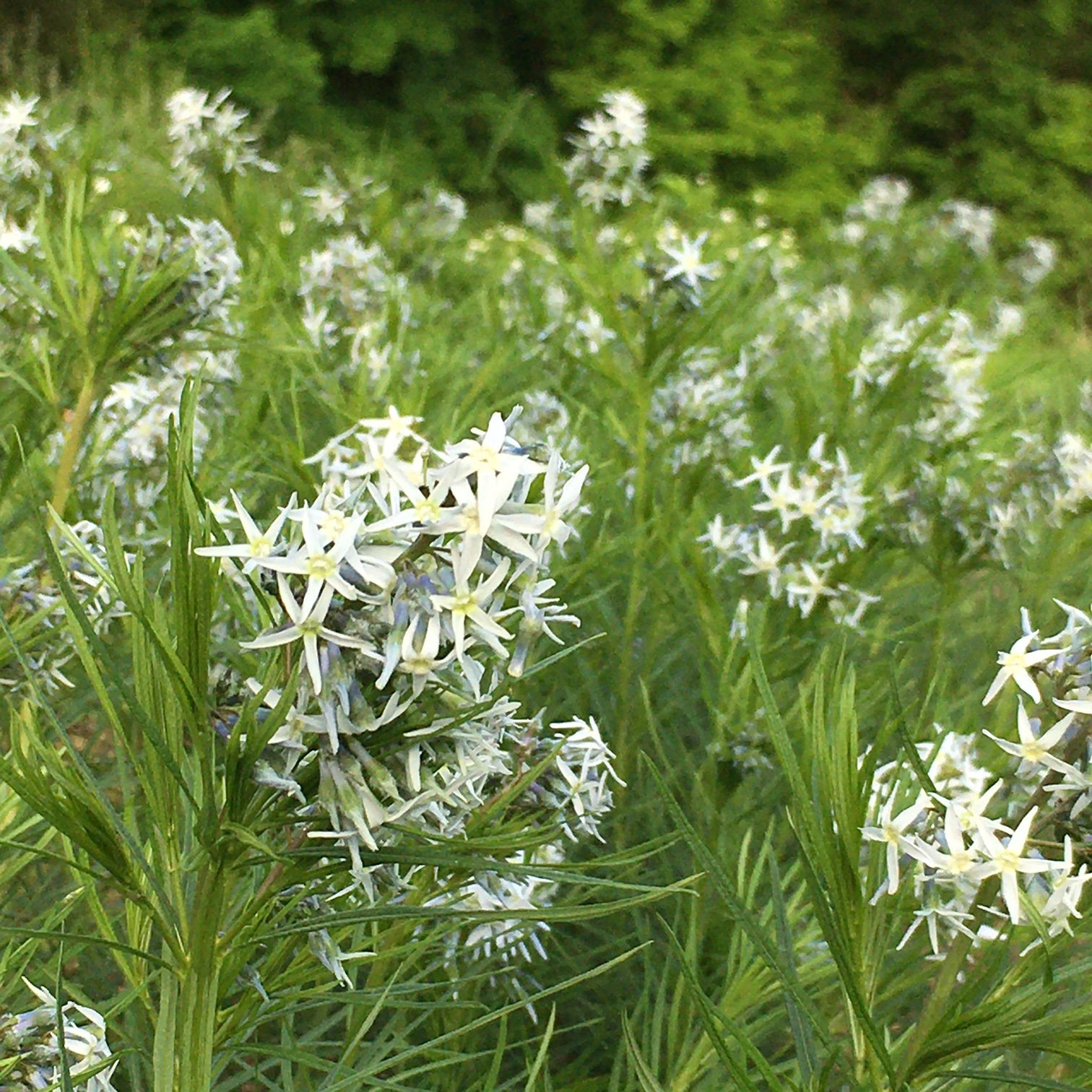HABIT
Height: 2-3’
Bloom Time: late spring
SITE CONDITIONS
Light: full sun
Soil: average, medium-dry, dry
INTERACTIONS
Pollinator Support: moderate
CULTIVATION
Establishment: easy to establish but slow to size up
Deer Resistance: high
CONSERVATION
Native Range: Arkansas
Seed Propagated: yes

